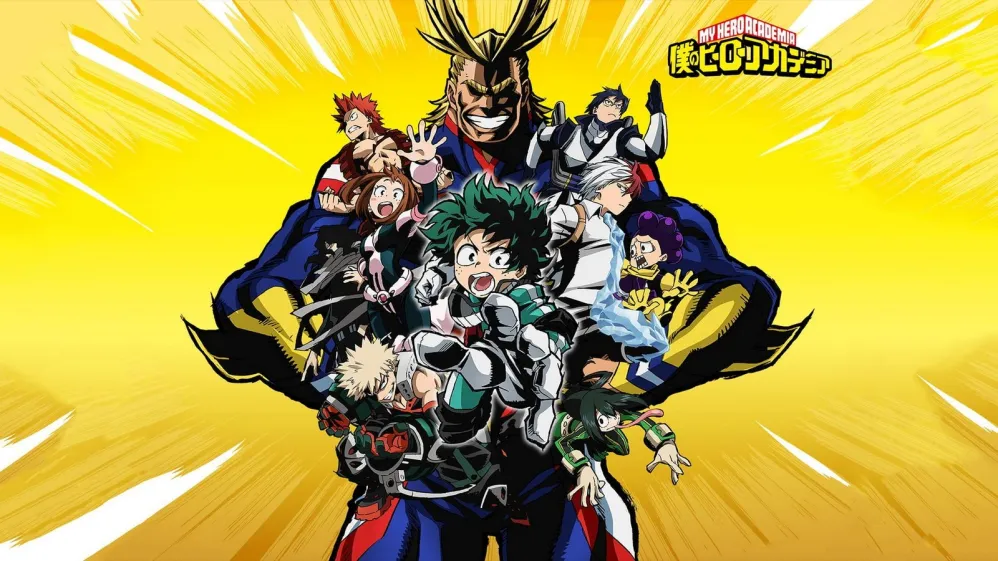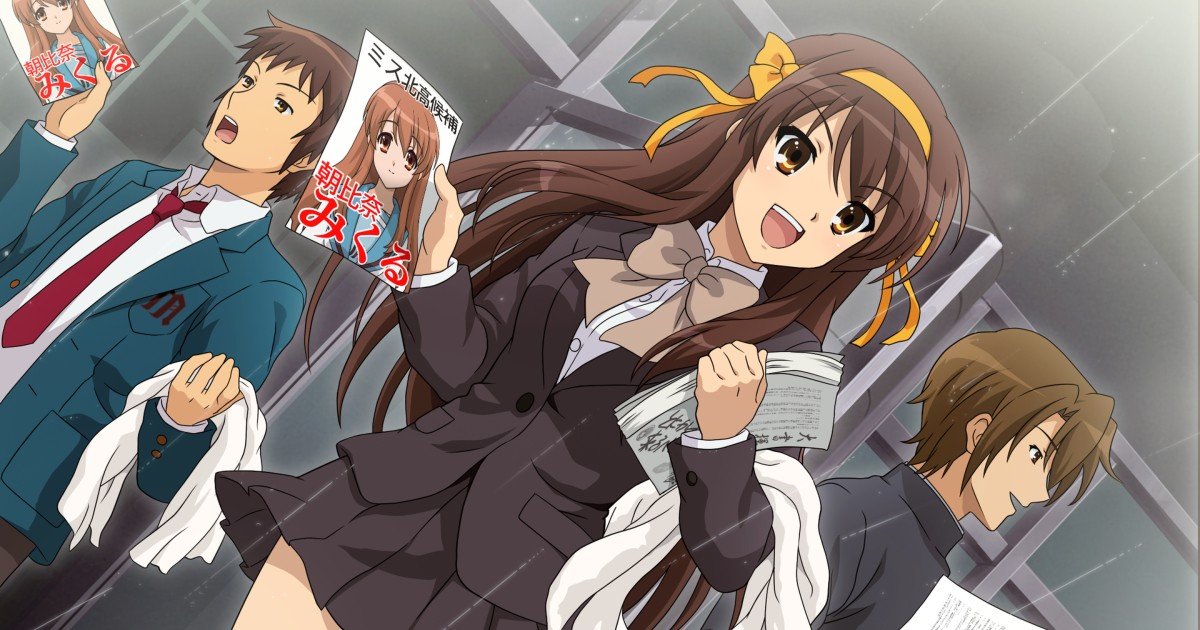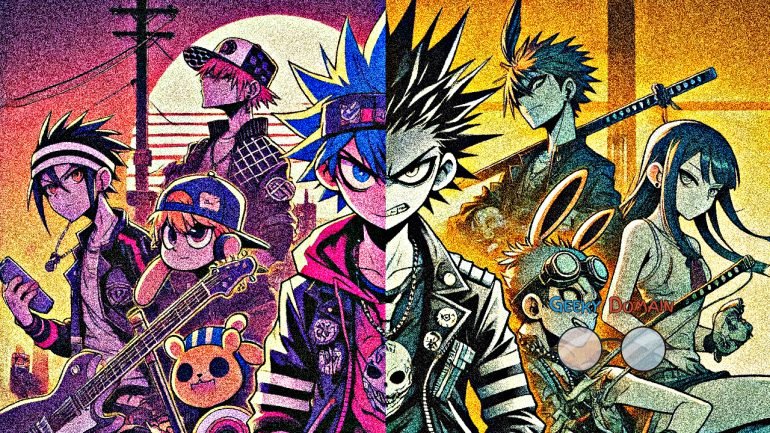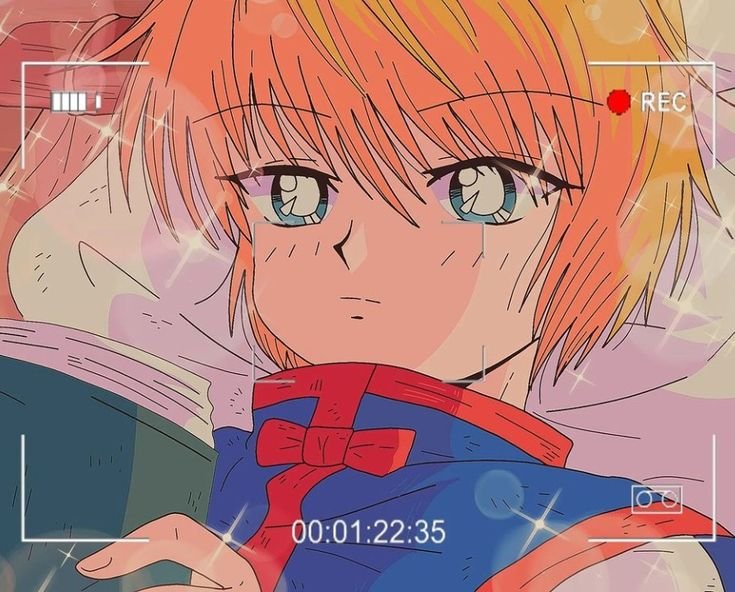Anime cartoons, once a niche genre exclusive to Japan, have transformed into a global entertainment powerhouse that now influences various aspects of media, culture, and entertainment. From the late 20th century to the present day, anime has changed the way people around the world engage with storytelling, animation, and even social dynamics. This article will explore how anime cartoons have reshaped global entertainment, focusing on their influence on storytelling, animation techniques, and the broader pop culture landscape.
1. The Rise of Anime on Global Platforms
In the past two decades, anime has exploded onto global platforms like Netflix, Crunchyroll, and Hulu. The accessibility of anime through streaming services has made it easier for international audiences to watch, discuss, and appreciate anime. Shows like Naruto, Attack on Titan, One Piece, and Demon Slayer have gained massive followings in countries far from their Japanese origins.
Streaming platforms have made anime more accessible than ever, introducing it to new generations of fans and cementing its place as a mainstream form of entertainment.
2. Anime’s Influence on Western Animation
Anime’s impact can be clearly seen in the evolution of Western animation. Animated shows in the West, particularly those aimed at adult audiences, have adopted anime-inspired art styles and narrative structures. Series like Avatar: The Last Airbender and The Legend of Korra are often cited as examples of Western animated series that incorporate anime influences, from their art direction to their storytelling depth.
Furthermore, the stylistic choices seen in anime, such as exaggerated facial expressions, dynamic fight scenes, and emotionally charged visuals, have made their way into Western animated productions. The global popularity of anime has shown creators worldwide that animation can appeal to diverse age groups and tackle serious, mature themes.
3. Anime’s Impact on Global Storytelling
One of the most significant ways anime has changed global entertainment is by introducing unique storytelling techniques. Japanese anime often blends genres in ways that were previously uncommon in Western media. For instance, anime may merge action, comedy, romance, and drama into a single series without feeling forced, creating a richer, more complex viewing experience.
Moreover, anime is known for exploring deeply philosophical and psychological themes, often touching on topics like existentialism, the human condition, trauma, and relationships. Shows like Neon Genesis Evangelion, Steins;Gate, and Your Name have expanded the possibilities for what stories can be told in animation, offering audiences profound narratives with emotional depth. This has prompted Western creators to experiment with more mature and thought-provoking content.
4. Anime’s Influence on Fashion and Design
Anime has extended its influence beyond screens into fashion, design, and art. Iconic characters like Sailor Moon, Naruto, and characters from Attack on Titan have become style icons, inspiring clothing lines, accessories, and even makeup. The impact of anime on fashion is most evident at conventions like Anime Expo and Comic-Con, where fans dress up as their favorite characters in meticulously crafted cosplay outfits.
Moreover, anime-inspired aesthetics have made their way into mainstream fashion collections and advertisements, marking anime’s influence in the fashion world. Many young artists and designers cite anime as a major influence in their creative process, further embedding it in global pop culture.
5. Expanding the Global Fanbase and Communities
Anime has fostered a massive, dedicated global fanbase that transcends language, nationality, and culture. Fans of all backgrounds now come together online to share their love for anime, participate in fan theories, and discuss plot developments. Social media platforms, particularly Twitter, Reddit, and TikTok, have given anime fans a platform to engage with each other, fueling the genre’s popularity.
Conventions like Anime Expo and Otakon in the United States, or Japan Expo in France, attract millions of fans each year, further expanding the global reach of anime. These conventions celebrate anime as a cultural movement, bringing together fans, creators, and industry professionals from around the world.
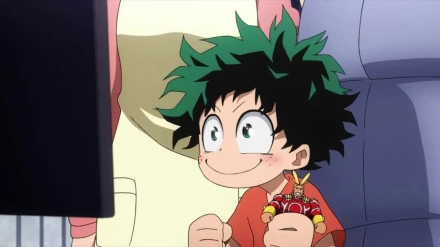
6. Anime’s Role in the Video Game Industry
The influence of anime has also crossed into the video game industry. Many video games, particularly those based on anime franchises (like Naruto Shippuden: Ultimate Ninja Storm or Attack on Titan: Wings of Freedom), have captured the attention of global audiences. Additionally, games that are heavily inspired by anime, such as Final Fantasy and Persona, often feature anime-style character designs, intricate world-building, and rich storytelling, much like the anime they are based on.
Anime-inspired video games have helped bridge the gap between animation and interactive media, allowing fans to immerse themselves even more deeply in the anime worlds they love.
7. Cultural Exchange and Global Collaboration
The global rise of anime has sparked cultural exchanges between Japan and the rest of the world. The influence of anime has inspired foreign animators and filmmakers to explore animation in their own cultures. Notably, many countries in Europe and the United States have begun to incorporate anime-influenced art and storytelling styles into their own animated films and TV series.
Additionally, some Western media companies have teamed up with Japanese studios to create anime-inspired content, fostering international collaboration. Shows like The Boondocks, Avatar: The Last Airbender, and Teen Titans have taken cues from anime, further blending Eastern and Western creative approaches.
8. The Boom of Anime Merchandise
As anime has gained international popularity, so too has the demand for related merchandise. From action figures and posters to high-end collectibles, anime-inspired products have become an integral part of global retail. Online platforms such as Amazon, Etsy, and specialty anime stores now offer vast collections of merchandise, creating an entire economy built around anime fandom.
Moreover, limited-edition collectibles and collaborations with major fashion brands have turned anime merchandise into a significant part of mainstream consumer culture.
Conclusion
Anime cartoons have undeniably changed the face of global entertainment, impacting not only the animation industry but also fashion, gaming, storytelling, and popular culture. From their rise on streaming platforms to their influence on Western animation and beyond, anime has carved out a lasting place in entertainment worldwide. The genre continues to grow in prominence, bringing with it new and exciting opportunities for cultural exchange, creative expression, and fan engagement. What started as a subculture in Japan has now become a global phenomenon, with anime reshaping how the world views animated storytelling.







